My best frameworks for product marketing, content marketing, and growth marketing
The MKT1 Field Guide to B2B startup marketing | Part 2
👋 This is a monthly free edition of MKT1 Newsletter—a deep dive into a B2B startup marketing topic, brought to you by Attio, UserEvidence, and AirOps.
Upgrade to a paid subscription to get 100+ templates & resources, a vetted contractor & agency list, exclusive discounts on marketing tools, free posts on the MKT1 job board, and full access to the MKT1 archive including bonus newsletters.
We’ve taken on the big task of summarizing and highlighting the best MKT1 frameworks and concepts in a two-part Field Guide. This is part 2.
Why? Over the years of writing MKT1, what started as ad hoc commentary on how to actually do modern B2B startup marketing has evolved into something bigger—a connected set of frameworks, definitions, and resources. It’s become the MKT1 Method: a practical system for setting strategy, planning, executing effectively, and building marketing teams.
But as the system has grown, new MKT1 readers need a faster way to get introduced to the methodology. And MKT1 OGs need an easy place to get refreshed on MKT1 frameworks, and also something to share with their team to get them up to speed. The Field Guide was born.
In this newsletter:
This Field Guide breaks down the most frequently used (across my newsletters and advising) frameworks and methodologies at MKT1.
New tool for paid subscribers:
An upgraded MKT1 template library is now live at mkt1.co/template-library
Recommended products & agencies
We only include sponsors we’d recommend personally to our community. If you are interested in sponsoring our newsletter, email us at sponsorships@mkt1.co.
Attio is the AI-native CRM. With automatic enrichment, call intelligence, AI agents, customizable record pages, flexible workflows, and detailed reporting, it just works better and doesn’t require months of set-up. We even use it at MKT1!
🎁 Offer: MKT1 subscribers get 15% off your first year.
___
UserEvidence automates feedback collection and turns it into customer testimonials, ROI stats, and advocate lists. Collect feedback throughout the entire customer journey, give your reps a self-serve library of customer evidence, and instantly turn customer stories into on-brand marketing content.
🎁Offer: Mention MKT1 for your first 2 months of UserEvidence free.
___
AirOps is an AI search platform that shows you where you show up in AI answer engines—and how you compare to competitors. It also helps you act on insights, create and refresh content, and engage in social conversations. We even rely on AirOps workflows at MKT1.
🎯 Product (and audience) marketing frameworks
These frameworks help you build a product marketing strategy that’s rooted in understanding your audience. Your product marketing strategy then impacts everything else you do in marketing—so it’s important to make this strategy before you go deep on your “fuel” or “engine” strategies.
—
➜ (Re)defining Product Marketing
Framework definition:
Product marketing is the foundation for almost everything in marketing, and it’s the connective tissue between product, go-to-market, customer teams, and the rest of marketing. It goes far beyond just knowing your product; it means deeply understanding your audience first, then the market and ecosystem, and finally your product’s place within them. Given this, the name “product marketing” is a misnomer—what we’re really talking about is audience marketing.
How to use:
The core responsibilities of product marketing are what I call “product marketing research.” These are inputs for everything you do in marketing—and really everything you share with your audience about your product and market. It includes:
Audience research: Map your total addressable market (TAM), define your ideal customer profiles (ICPs), and deeply understand firmographics and behavior.
Market, ecosystem, & competitive research: Understand where your product fits in the market, alternative and complementary products in the space, and ecosystem partners you can work with.
Product knowledge: Organize your product’s features, use cases, and benefits to drive communications and clarify how your product solves customer problems.
How a product marketing team then applies this research and communicates your product and its place in the market varies by company. In some startups, PMMs are deeply involved in content marketing, enablement, ecosystem marketing, and even demand gen campaigns and events. In others, they focus more narrowly on product communications. The scope depends on company size, GTM motion, and how the product team operates.
Why it matters:
Product marketing is the hub of marketing—and it’s often wildly misunderstood. PMMs must be experts on the audience, market, and product. If they only focus on the product, communications will fall flat. Product marketing is essential to building a high-impact strategy and knowing what fuel will resonate with your audience and help you stand out.
Additional reading:
Newsletters:
—
➜ Audience analysis: Define your TAM and ICPs
Framework definition:
Before you do anything else in marketing, you must define and deeply understand your audience. This means identifying both your total addressable market (TAM) and your ideal customer profiles (ICPs), or the best-fit companies and people for your product today. You need to figure out what companies—and who within those companies—you are targeting; and prioritize them. Equally important is developing a qualitative understanding of your audience: their motivations, pain points, and behaviors.
How to use:
When it comes to understanding your audience, acronyms can get confusing. Here’s how MKT1 defines them and how to actually use them:
Define your TAM (Total Addressable Market): Map the full universe of potential customers—the outer boundary of who could buy from you. The goal isn’t an analyst-friendly market size, it’s clarity on which company types and roles you can realistically target now and later.
Map your ICPs (Ideal Customer Profiles): Build out your best-fit customers at both levels:
Company: industry, size, stage, tech stack, etc.
Persona: the individuals inside those companies—roles, jobs to be done, pain points, behaviors.
(Note: many define ICP only at the company level, but at MKT1 we always include the right buyers and roles.)
Side note: You may have heard the terms SAM (Serviceable Available Market) and SOM (Serviceable Obtainable Market). At MKT1 we skip these—they add confusion. Prioritizing ICPs within your TAM is far more useful.
Prioritize ICPs: You can’t go after everyone at once. Rank or group them into tiers:
Core: Proven ICPs that drive most of your business today
Scaling: ICPs that are successful and you plan to focus on more, but only a small part of your business today
Testing: Emerging ICPs you are testing the waters with
Not a priority today: What it sounds like! Indicating this is important so everyone knows you’ve considered these ICPs and have intentionally decided not to focus on them.
Use this prioritization to:
Build richer ICP definitions: beyond firmographics, include goals, workflows, tools, info sources, buying processes—yes we have a template for this.
Map account tiers and contacts into your CRM (see engine section).Add ICP to your roadmaps, briefs, and goals so you focus on the right ICPs with the right amount of effort.
Why it matters:
B2B marketing teams often obsess over creating personas like “Sales Sally” or “Compliance Connie.” That’s the check-the-box version of audience analysis—and it’s not enough. Proper audience analysis means sizing your TAM, mapping ICPs (company + persona profiles), prioritizing them, and using that work to guide all marketing. Without this focus, you’ll end up trying to speak to everyone, which dilutes your message, leaves you spread too thin, and erases any advantage over larger competitors (who are going after a broader set of audiences).
Additional reading:
Newsletter: Mapping your audience for an Account-Driven GTM strategy
Templates: Mapping your TAM & ICPs & Account tiering for CRM template
—
➜ Make an Ecosystem Map™ (not just a competitor list)
Framework definition:
To understand your market, the space or category your company operates in, you need to understand the other players within it. To do this, make an Ecosystem Map. This means looking beyond direct competitors to include complementary products your audience uses, as well as the companies and individuals that influence their decisions.
Avoid this mistake: Startups often over-focus on competitors and neglect complements.
How to use:
Analyze competitors: Look at their business model & GTM strategy, positioning, product capabilities, ICPs, size and stage of company, key customers, homepage hero copy, Growth Engines, and content types.
This analysis should help you choose the right comparator and positioning (more on this below), understand your differentiators across features and use cases, inform sales enablement like battlecards, and ensure you zig when competitors zag—differentiating not just your product, but also your marketing.
Pro tip! Use AI to help with the gruntwork. You can even feed it this section as part of your prompt.
Analyze complements: Build a list of potential partners. For each, note type and size of partner, audience overlap, and potential ROI. Include integrations, influencers, communities, affiliates, advisors, etc.
This analysis should drive your ecosystem marketing efforts (more on this in the engine section) and help you understand how your audience discovers information, who influences them, how they prefer to be marketed to, and how they make buying decisions.
Frenemies: Identify players in your space who fall in between partners and competitors. Analysts, media, regulators, platform providers, churned customers that shape your audience’s thinking. (e.g., If you make a pricing product, pricing consultants are frenemies, you ultimately might replace them but today they have a major influence on how large companies price and choose software.)
This analysis should help you understand the narratives shaping your audience, anticipate what detractors might say about your company, and gather feedback and insights on both your product and your competitors’—and it’s especially helpful for writing Perceptions.
Why it matters:
Your buyers don’t make decisions in a vacuum; they compare you to competitors, alternatives like spreadsheets or services, and the tools they already use. They’re also influenced by analysts, communities, media, thought leaders and the service providers they work with like agencies, advisors, lawyers, etc.
So, when startups just do competitive analysis and skip everyone else in their ecosystem, they are limiting their ability to grow, differentiate, and understand your audience. Mapping your entire ecosystem is the only way to figure out how to differentiate clearly, catalyze growth through partnerships with complementary products and shape narratives by tracking what’s going on in your market.
Additional reading:
Newsletter: MKT1 Guide to Ecosystem Marketing
Template(s): Ecosystem mapping & competitive analysis
—
➜ Differentiate using the MKT1 Positioning Process™
Framework definition:
Positioning is the process of defining how your product solves a problem better than alternatives for your specific audience. Positioning is about comparison and defining how you fit into the market for prospects and customers.
Note: Positioning is not the same as messaging or copy. Messaging and copywriting is the process of applying positioning to various audiences, channels, funnel stages, etc.
How to use:
Before you start on positioning, you need to define the core ICP you are focusing on with your highest-level positioning. Without this specificity your positioning efforts will fall flat.
Step 1: Choose a comparator aka what you’re positioning your product against
To make this process easier, I’ve identified 4 categories or “product types” (see the diagram above). Based on your product type, it’s easy to identify the comparator.
Note: These product types aren’t mutually exclusive, if more than 1 applies to your product, I recommend positioning against each comparator and then evaluating which is strongest.
Step 2: Write a positioning statement, by answering three simple questions:
Who is your product for? Define your ICP in clear language. You should have picked a core ICP at the start of this process!
What is your product? Again, say this in clear language.
Why is it better? What is the number one differentiator compared to the thing you are positioning against (defined in step 1)?
Step 3 (if needed): Repeat the Positioning Process for specific segments and products
Once you do overall positioning, you can then do more granular positioning for specific ICPs, products and features, etc.
You can also write positioning for today and positioning for the future to show how you think positioning progress over time, especially if founders are in vision-mode.
Step 4: Use in marketing efforts
Start by making sure the 3 core parts of positioning are reflected in your homepage hero—yes all of it in the hero!
Why it matters:
Most startups overcomplicate positioning—we’ve all seen “positioning” docs that are 10 pages or 30 slides long. And even after they do all this work, they can’t clearly say who the product is for, what it is, and why it’s better than a clearly defined alternative. The point of positioning is to synthesize your audience, market, and product research into a memorable positioning statement that then guides how you communicate about your product.
Additional reading:
Newsletters:
Template(s): MKT1 positioning statement
—
💡 If you remember one thing from this section: Great product marketing starts with great audience marketing.
A quick break to introduce something new…
Upgraded MKT1 template & resources library
We have 100+ templates, tools, and resources to help paid MKT1 subscribers implement the MKT1 method and frameworks. Until now, they lived in one very long Substack post; it was time for an upgrade.
You can now search, browse, and filter by category and template type (Looking for “fuel” templates? Want to see everything we’ve vibe coded?).
Paid subscribers can unlock with the email tied to your Substack subscription. Not yet a subscriber? Upgrade here for full access. And if you run into any issues, you can reach us here.
⛽ “Fuel” (aka brand & content) strategy
Setting fuel strategy means deciding what you’ll create to add value and engage your audience—the stories, content, and assets that power every marketing effort. The trick is having enough process to know what’s most strategic, reusing ideas to reinforce your story, and maintaining a clear editorial voice. Without that, content becomes vanilla—and no one subscribes to vanilla. These frameworks will help you define your story, organize your roadmap, and consistently create assets that resonate.
—
➜ Define your story, using the Story StackTM
Framework definition:
Telling a consistent story that resonates with your audience starts by clearly defining it. But “story” is often ambiguous, and marketers rarely agree on what counts as brand, story, or positioning. The Story Stack (aka the Story-verse™) clarifies these components and shows how they fit together—giving you a clear guide for defining your story and building a brand that’s bigger than just your product story.
How to use:
Use the Story Stack to understand the ingredients and layers of your brand and story. To define some terms:
Brand: Everything people think and feel about your company, whether or not they’ve used your product.
Set brand attributes or values to define your brand, more in this newsletter on redesigns >>
Story: A subset of your overall brand which includes your company story (mission, vision, values) plus your product story. Use Perceptions to define your story (more on this in the next section).
Product story: All the things you say about your product, from how you describe features, to your explanations of use cases.
Positioning: Positioning is just one part of your product story, but perhaps the most important.
The [30%] juice rule: Your story isn’t just your product. You should talk about your product (“the juice”) only some of the time (you can decide if that’s 30% or more or less, it depends!). The other 70% should cover the problems you solve, the solutions you enable, market trends, your vision, etc.—the non-product parts of the Story Stack. This framework evolved from talking to someone who had a similar rule at an actual Juice company!
Bottom line: Don’t just sell the “juice.” Tell the whole story.
Why it matters:
Your brand and content are products your company puts out into the world too. Just like your actual product needs to be clearly defined and differentiated, so does your story. If you don’t define it, your audience won’t understand it—and your team won’t tell it consistently.
This may sound obvious, but few startups actually document their story in a clear, usable way. Using the Story Stack eliminates that confusion and gives you a foundation to build a brand that’s bigger than just your product.
Additional reading:
Newsletters:
Exercises:
—
➜ Define your Perceptions™
Framework definition:
Perceptions are the key narratives you want to drive in your market. They are written from the perspective of your audience and are the foundational tenets of your story. Together, they should cover multiple parts of your Story Stack—from company story to product positioning.
Creating Perceptions helps you tell a consistent, repeatable story across all fuel efforts. The majority of your “fuel” should ladder up to / support these Perceptions.
How to use:
To define and develop your Perceptions, run a cross-functional exercise with founders, PMM, content, and leaders from product, sales, or CS. Write down the things you want your audience to believe and repeat back about your company. The goal isn’t wordsmithing but surfacing raw ingredients of your story. Marketing then refines and finalizes 3–5 core Perceptions.
Once defined, include Perceptions are an input in GACCS Briefs™, roadmaps, and content brainstorms; add them to your Marketing Decision Dashboard™; and use them as a gut check—if a major campaign or piece of content doesn’t reinforce a perception, reconsider whether it’s worth creating.
Here are some more tips for writing Perceptions:
Start with the end goal: “What do we want people to repeat back about our company?”
Write from the customer POV: As if they were saying it (e.g., “DinoCo is the best AI agent for marketers”).
Limit to 3–5: They should be easy to recall, memorable, and uniquely yours—if competitors could claim them, they’re not strong enough.
Cover the Story Stack: Ensure the set spans your whole story, from brand to product.
Use categories if stuck: You may choose to write a Perception by category: Company insight, audience or market, and product (as you see in the diagram). Though, you don’t have to do it this way or force this format to work!
Questions to spark ideas: Why do we exist? What’s compelling about our founding story? What challenges does our ICP face? What’s unique about our customers or community? What product decisions set us apart? What’s the “aha” moment? What happens if our whole TAM adopts us?
Difference between content pillars vs Perceptions: You may already use “content pillars” to help you organize and define content themes. Content pillars and Perceptions work together but serve different roles. Pillars are the main topics your company consistently covers, your “chapters” in your book. Perceptions are the storylines and throughlines you want your audience to believe and repeat, they run through all the chapters! Pillars organize content; Perceptions define the narrative you want to own.
Why it matters:
Growth marketers have KPIs and funnel or lifecycle stages as their north star. Content, brand, and product marketers often lack an equivalent. Perceptions fill that gap. They align your team around telling the same differentiated story, prevent you from defaulting to disconnected messages or feature-only content, and serve as a filter for what’s worth creating.
When you use Perceptions as the starting point for content and campaigns, you generate stronger, more resonant ideas. The best stories come from brainstorming around Perceptions—not from starting cold.
Additional reading:
Newsletters:
Template(s): MKT1 Perceptions exercise
—
➜ Create with this motto: Content is a Product™
Framework definition:
Your marketing content is another “product” you are building for the same audience as your software product. Much like your product solves a big problem for your audience and needs to be differentiated, so should your content. And you should manage your content “development” like product “development” too, with an overall vision and a short and long-term roadmap.
How to use:
Great product teams identify customer pain points and build features to solve them, ship against a roadmap that balances quick wins and bug fixes with long-term bets, and experiment with new UI and design patterns, emerging technologies like AI, and new frameworks or languages to stay ahead.
To treat content like a product, follow a similar process and develop fuel in the following ways:
1. Create content that solves your audience’s problems
Turn your audience’s biggest challenges (manual work, recurring pain points, things they always “look up”) into content opportunities. If you can’t solve it with product, solve it with content (and vice versa).
Use your Perceptions to guide your content and make sure you are sharing unique POVs. If a piece doesn’t add value or differentiate you, don’t make it.
2. Create intentionally with a roadmap
Build content roadmaps that factor in coverage across your ICPs, Perceptions, Revenue Levers™, and channels. Balancing near-term content requests with long-term story-building.
Then use your roadmap to prioritize, make tradeoffs, and avoid one-off, scattered Random Acts of Marketing™. More on roadmapping in the next section.
3. Experiment with new formats and tools
Make shows, not just feeds: Feeds can keep your company visible, but they’re rarely memorable. Shows are intentional series with a consistent voice, recurring themes, and content that builds on itself (e.g., MKT1 newsletter, serial podcasts).
Experiment with innovative formats: Go beyond blog posts—create tools, templates, quizzes, calculators, or other “sidecar products.” This is easier than ever with “vibe coding” platforms and AI tools like Lovable, Replit, Framer, Clay.
Why it matters:
If you don't approach marketing content with the strategic rigor that you would for your product, the best content marketing frameworks, roadmaps, and templates available will be useless. At the end of the day, writing content with a strong point of view and distributing it on channels that your audience cares about is what’s going to help you grow.
Additional reading:
Newsletters:
Templates: Content strategy & roadmap templates
—
➜ Build a strategic content roadmap, focused on quality, not quantity
Framework definition:
A list of content ideas or requests is not a roadmap. A true content roadmap is structured enough to align with your strategy, yet flexible enough to respond to the moment and double down on what’s working. By including the right fields (ICPs, Perceptions, Revenue Levers, and distribution channels), you can prioritize effectively and ensure full coverage. The result: less wasted effort, faster production and distribution, and content that performs better.
How to use
Source ideas: Start with your product marketing research (audience, market, product analysis), your Perceptions, and what’s already working.
Create a roadmap: Build it in a structured tool (Asana, Airtable, ClickUp—not Notion!). Include all the fields you’d include in a GACCS Brief plus any additional variables you need for prioritization, including (audience, funnel stage, perception, effort, impact).
Plan around themes: Map out monthly or quarterly content themes, based on Perceptions and content pillars, focusing on anchor content—but be willing to change this if needed.
Prioritize and finalize: Weigh impact vs. effort to balance quick wins and big bets. Check for coverage across Perceptions, ICPs, and funnel/lifecycle stages. Then cut to what’s achievable in a quarter, and slot work into monthly plans.
Focus on quality over volume: Default to fewer, higher-quality “anchor” pieces. Repurpose and redistribute proven content before creating new—and don’t be afraid to repeat key messages.
Why it matters:
Some teams build rigid calendars that can’t flex when better ideas pop up, others obsess over writing a certain number of articles weekly or monthly, while others abandon their strategy entirely, responding to any and every internal request. In all of these cases, you rarely end up saying anything memorable or moving the needle. Planning and prioritizing content based on your overall marketing strategy will help you stay consistent and focused on the highest-impact ideas.
Additional reading:
Newsletters:
Templates: Content strategy & roadmap templates
—
Get more Mileage™ from your content
Framework definition:
Mileage means doing more with the fuel you’ve created and researched, by repurposing and distributing it more effectively. Think of it as doing more with what you’ve already created—expanding one idea into multiple assets, repurposing research into new formats, and distributing distinct but related assets across channels. Content shouldn’t be one-and-done; build Mileage in upfront, not as an afterthought weeks later.
Repurposing vs. distribution: Repurposing extends the life of your ideas, by expanding one strong idea into multiple assets. Distribution ensures that fuel is actually consumed by your audience. Repurposing multiplies your assets; distribution multiplies your reach. You need to do both!
How to use:
Repurpose: Start with an audience problem, turn that into a content idea, then develop an anchor asset. Then expand that asset into multiple formats. If the idea and assets are successful, double down and make more assets over time. And make sure to make a bespoke distribution plan for each asset, not one plan for all the assets! (e.g., Turn research into a report, blog posts, social threads, webinars, or templates.)
Reinforce: Keep reusing your core Perceptions, concepts, frameworks across articles, video, and resources. If you think you sound like a broken record that’s okay; repetition actually strengthens your story.
No dead ends: Every piece of content should lead to something else valuable—another article, a template, an event, or a framework—so your audience always has a clear next step. If there’s not a natural next step for a popular piece of content, make one!
Plan upfront: Think about repurposing and distribution while you’re creating content, not after the fact. This ensures your best ideas get full reach and impact. Frameworks like the GACCS Brief (the second “C” stands for Channels!) and a roadmap with a “primary distribution channel” field makes this easier.
Make multiple roadmaps: I use one roadmap for net-new content and another for revisiting, repurposing, and redistributing old content. Every time I publish something new, I add a future task to update and reuse it, so I don’t skip this part. (e.g., If I write a post in May on “Lifecycle Marketing” I’ll have a reminder in October to consider revisiting this topic.)
Why it matters:
Most teams waste effort by treating content as one-and-done, constantly chasing “new” ideas and anchor content, instead of getting full value from what they’ve already made. When you focus on getting Mileage, you’ll spend less time reinventing the wheel, and get more impact.
Additional reading:
Newsletter: How I create the MKT1 content calendar
Templates: Content strategy & roadmap templates
—
💡 If you remember one thing from this fuel section: Don't create fuel based on the most recent request or just related to your product; instead make sure everything you create makes sense strategically for your specific company, and solves problems your audiences faces.
🚒 “Engine” (aka growth marketing) strategy
Setting engine strategy means planning how you’ll distribute fuel to your audience, Some call this demand generation and revenue operations; others call this growth marketing. Either way these frameworks will help you build an efficient engine, including how to choose the right channels, build an account-driven foundation, set up the right lifecycle stages, and build forecasts and budgets so you know what you’re targeting.
__
➜ Prioritize the 6 Growth Engines™
Framework definition:
Marketing channels are the core “engines” that drive your startup’s growth. I use 6 high-level buckets to categorize the available growth channels: inbound, outbound, product virality, events, ecosystem, and lifecycle (descriptions in the diagram below).
How to use:
The key to choosing the right channels or “engines” is to look closely at your startup’s marketing strategy, then evaluate each channel against other channels. This means avoiding the urge to select channels based on “what everyone else uses.”
Choose channels, starting from your 3 Drivers of Marketing Strategy™:
Product marketing research ➜ Know your audience, their workflows, communities, and ecosystem to see where channels naturally emerge.
GTM motion ➜ Self-serve/PLG companies typically lean on inbound and product-led channels; sales-led companies typically rely more on outbound, events, and ecosystem.
Marketing Advantages™ ➜ Identify your built-in tailwinds (e.g., network effects, ecosystem relationships, viral product features) and choose channels that accelerate them.
Test and scale channels:
For each channel, test first, then scale and try to avoid trying everything at once and spreading yourself too thin.
Pairing channels can be more powerful than using them in isolation.
Regularly reassess your channel mix; channels can stop working or need fuel refreshes regularly
Remember: Turning off one channel can affect the performance of others.
For more specifics on each of the 6 Growth Engines, check out my deep dives on inbound, outbound, product & lifecycle, ecosystem, and events.
Why it matters:
There are 2 main problems with channel selection: (1) copying what everyone else does and (2) buying into the popular myth that most successful startups use just one primary channel to drive growth. But in my experience, you need to choose channels that are a fit for your unique company and audience at this moment in time, and one channel won’t get the job done. While you may have a primary engine, I never recommend relying too heavily on one channel. Combining channels that reinforce and accelerate each other (like a well-balanced 5 player basketball team with different roles and positions) is the safest and most viable path to startup growth.
Additional reading:
Newsletters:
Template: Choosing the right Growth Engines
__
➜ Account-Driven GTM™
Framework definition
Account-Driven GTM means structuring your growth strategy around accounts (not just people). It’s a proactive, not just reactive strategy that takes advantage of AI. It involves mapping your TAM, segmenting accounts into tiers, enriching with data, and balancing personalized 1:1 outreach with scalable tactics based on account priority. It’s not just ABM; it’s the foundation for how modern GTM teams (marketing, sales, rev ops, and success) operate.
How to use:
Define your TAM and prioritize ICPs: (Use the process described in the product marketing section above) Then segment the accounts in your TAM into 3–4 account tiers based on fit, value, and intent.
Research accounts & contacts: Use data enrichment tools to map accounts, add relevant contacts, and structure CRM fields for tracking.
Set up account stages: Make sure you have clear lifecycle stages not just for leads (people) but also accounts (companies) in your CRM and marketing automation platforms—this helps with measurement and setting up rule of engagement and workflows.
Create “playbooks” by account tier: Test tactics and set up always-on campaigns using tiers, signals, and account stages—giving Tier 1 the most high-touch engagement.
Comparing Account-Driven GTM to ABM & ABX: Account-Driven GTM is a foundational shift in how you approach GTM, it’s broader (and uses less loaded terminology) than ABM or ABX. It involves creating multiple GTM motions and channels (including brand building, inbound, outbound, and 1:1 relationship building) based on account tier. More in my 3 part-newsletter series here >>
Why it matters:
A handful of converging factors are reshaping GTM—especially the foundations of RevOps and growth marketing. Inbound is no longer the default way to grow (with search traffic declining), it’s just one of many signals for identifying the right accounts. At the same time, it’s easier than ever to map your full TAM and add it to your CRM with a level of detail once reserved for tiny ABM lists. Accounts and contacts can now be enriched with deep data and intent signals, and AI makes it easier to create personalized campaigns at scale. Lastly, with tighter budgets, GTM teams are aligning and focusing on accounts.
Additional reading:
Newsletter: The Shift to Account-Driven GTM (3 part series)
Template: Account-driven marketing campaigns, tiering, and signals list
__
➜ Define lifecycle stages, with person & company funnels
Framework definition:
You need to map your prospect to customer experience (some may call this the funnel!) and use it to set up proper automation and handoffs, track the right things, and make sure you’re communicating with the right people. This funnel or lifecycle stage mapping process is one of the key foundational elements of your growth strategy.
And with the shift to Account-Driven GTM, most companies should be tracking the funnel stages for both accounts and contacts. Without both of these, it’s hard to track progress, trigger the right GTM actions, and align sales and marketing on who owns the next step.
How to use:
Create a lifecycle stage map that includes 2 sets of stages: one for accounts and one for contacts. Together, account and contact stages give you full visibility into both where the account is and who is ready to engage. Once you’ve set up these stages in your CRM and marketing automation platforms, use them to set KPIs for both volume in each stage as well as conversion rates and time between stages. If using an account-driven strategy, focus your KPIs more on account stage KPIs!
Account stages show where the company is in its journey; from Identified → Aware → Engaged → Considering → Opportunity → Closed. These stages should update automatically in your CRM based on intent signals, GTM activity, and the contact stages associate with the account (e.g., Your “Considering” account stage may be triggered by having 2 qualified contacts in specific roles).
Contact stages track where individual people are in their engagement; from Identified → Aware → Qualified → Meeting Booked. These help you identify the right people to engage within each account, and can trigger your account stages.
Avoid the terms Marketing Qualified Lead & Sales Qualified Lead! Putting team names in front of stages creates territorialism, and the customer journey is never that clean or linear. I recommend using “Qualified 1” and “Qualifed 2” but adapt this for what works for your company.
Why it matters:
Some argue the marketing funnel is dead, but I don’t agree. The GTM process (of getting prospects to your website, to purchase your product, to keep purchasing more of your product, and to tell other people to do the same) works best when well understood by marketing, sales, and customer success. So, I still strongly recommend B2B marketing teams map the lifecycle of prospects to champions. Once you’ve done this, it’s much easier to get organized on rules of engagement, hand-offs between teams, report on full-funnel marketing activities, and increase conversion.
Additional reading:
Newsletter:
Template: Marketing funnel maps
__
➜ Build a bottom-up forecast (based on historical data & efficiency metrics)
Framework definition:
To complete your more qualitative marketing plan, you should make a bottom-up forecast and a budget; this requires historical “funnel” data and GTM efficiency metrics. And the process is iterative, use historical data and your planned budget to make your forecast. Then reconcile your forecast by adjusting the budget and marketing activities if needed.
Note on forecasting types: A bottom-up forecast starts at the top of the funnel (typically with accounts targeted, web traffic, etc.)—marketing should make this with finance. This is not the same thing as a top-down forecast from finance/sales, which works backward from a revenue target to pipeline numbers. Both bottom-up and top-down are needed!
How to use:
There’s a ton to go into here and I’ve covered this in this newsletter, but here’s a primer.
Setting up a bottom-up forecast:
Start at the top of the funnel: Use historical data on # of accounts in your TAM and how many accounts you plan to engage (you can also use website traffic, inbound form fills, # of accounts receiving outbound emails, or some combination of factors).
Model revenue outcomes: Apply historical conversion rates and factor in planned improvements, campaigns, and pricing changes.
Compare to top-down targets & iterate: See if finance’s revenue target is realistic based on your bottom-up forecast. Then tweak the model by playing with budget inputs and adding in more marketing activities. And yes, ChatGPT is a huge help with forecasting (but always double check the math).
Setting a marketing budget:
To figure out budget, companies either pull it out of thin air (not a joke), use a percentage of new or total ARR, or set it based on efficiency metrics—I prefer the efficiency metrics.
You can back into budget using efficiency metrics like Payback Period, LTV:CAC, or CAC Ratios.
Then you can determine what percent of total CAC (sales + marketing budget) you plan to allocate to marketing. Typically 35–45% of total CAC goes to marketing. Then break this into spend categories, like headcount (largest line item), paid ads, programs/events, tools/tech, etc.
GTM efficiency metrics overview:
Efficiency metrics show whether your sales and marketing spend is turning into sustainable growth.
They connect your budget (spend) and forecast (revenue targets) by measuring how quickly and effectively you recover customer acquisition costs.
Why it matters:
Often marketers (and sales) get a top-down, high-level revenue target they must hit for the year or quarter from founders and execs; this tells you what’s necessary to stay on the desired growth trajectory. But, often marketers are left wondering if that number is even feasible.
The best way to figure out if the top-down forecast is possible is to forecast in the opposite direction—from top of funnel all the way to revenue, aka bottom-up forecasting. This is a great forcing function to understand KPIs throughout the funnel/lifecycle, understand high-level efficiency metrics for GTM, and plan out big campaigns and hires for the next year.
It’s typically an aha moment when marketers recognize that you need to use efficiency metrics as inputs, and then iterate on budget and forecast.
Additional reading:
Newsletter: How to calculate your marketing budget—and make sure it's efficient
Templates: Marketing budget, reporting, and forecasting
—
💡 If you remember one thing from this engine section: Don’t get stuck doing growth marketing the 2010s way! Use an account-driven strategy, think about the full lifecycle, and don’t get over-reliant on a single channel.
—
That concludes the Field Guide…for now
We hope you didn’t read it one sitting, but do we do hope you’ll refer back to it over time and share with your team and company. We’ll continue to update it as we have new frameworks, or changes to old ones.
➜ The Field Guide is a 2 part series, go back to Part 1 for these topics:
More from MKT1
🙏 Thanks again to our sponsors: Attio, the AI-native CRM; UserEvidence for collecting feedback and creating customer stories; and AirOps for showing up in AI answer engines. Attio and UserEvidence have MKT1 discounts, listed in the sponsor section!
New! New! New!
🧰 Revamped, upgraded template & resource library: We’ve mentioned at least 15 templates in this newsletter alone, but we have an additional 100+ templates and resources available to paid subscribers in our brand new template library.
🍽️ MKT1 Supper Club: We’re trying something new: monthly dinners IRL. Small groups with smart people, good food, and conversations on topics that actually matter in your role—made possible by some of my favorite GTM tools. Join the list.
🚢 Article by Kramer in First Round Review: Don't ship your pitch deck to your website
📅 Event with Kramer: Free Lightning Lesson on Maven
Resources
🛠️ MKT1 GTM tools library: An organized, sortable list of recommend products on MKT1.co
💰 Discounts list: Active discounts = on products we recommend for paid subscribers only. Full disclosure, we also are part of the affiliate programs for: Retool | Clay | Lovable | Gamma | Replit
🧑🚀 Job board: Jobs from the MKT1 community (free to post as a paid subscriber)
What’s next
📰 Next newsletter: Probably something about the future of marketing roles…
🎙️ Dear Marketers Podcast: Episode 12 was the last episode of Season 1, you can catch up on the full season here.
Free Event: Lightning Lesson on Maven on 9/11
Learn the step-by-step Hackathon playbook, get project ideas for your hackathon, see examples of MKT1 projects, and learn what AI tools to use.



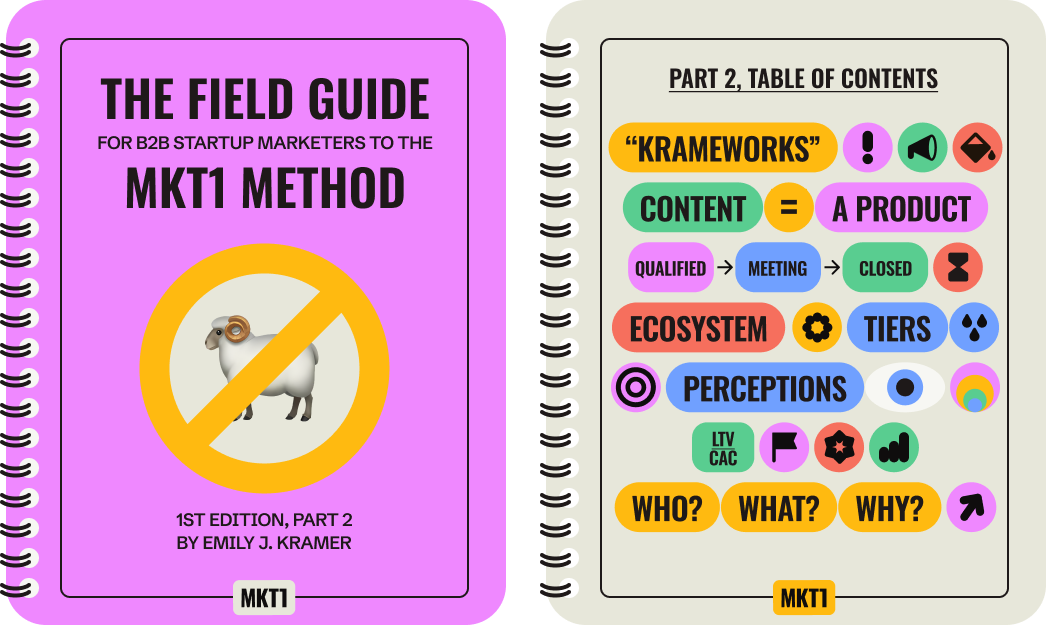
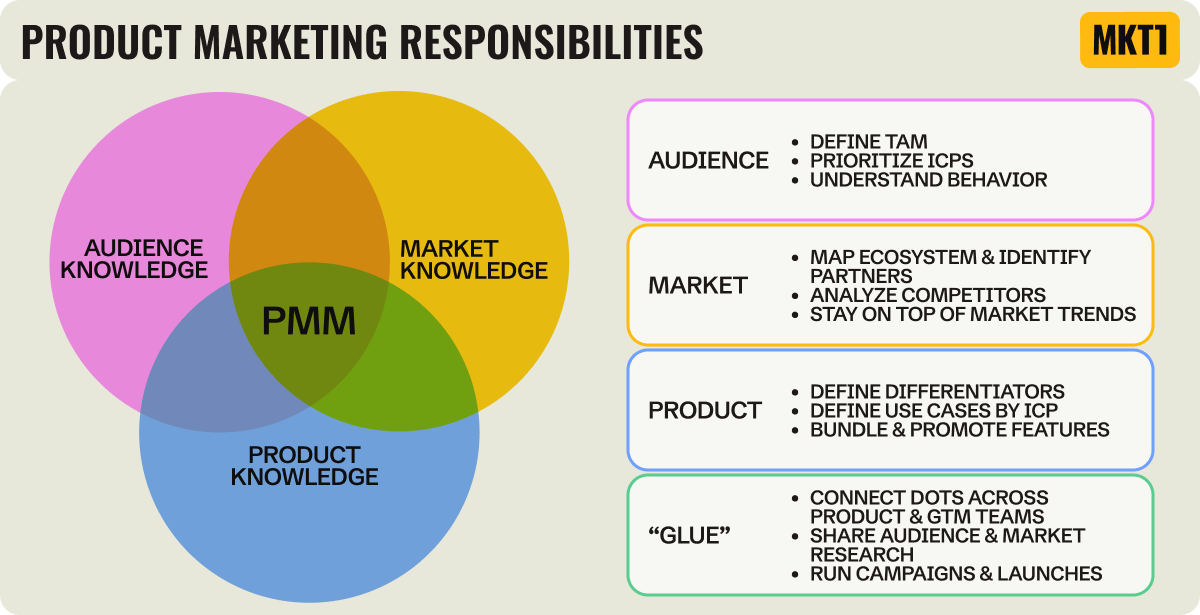
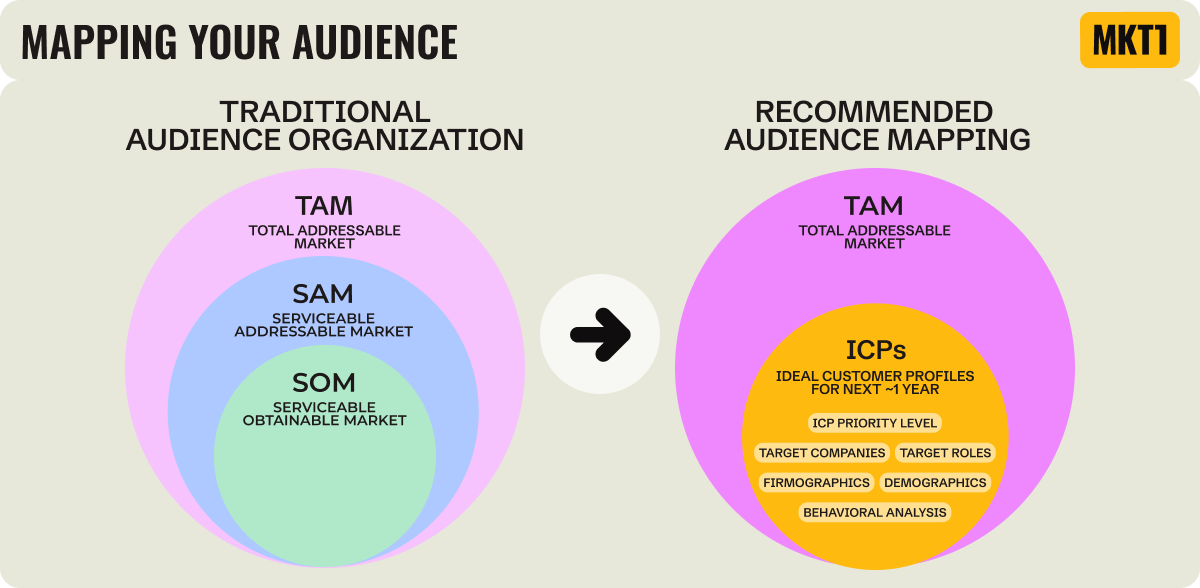
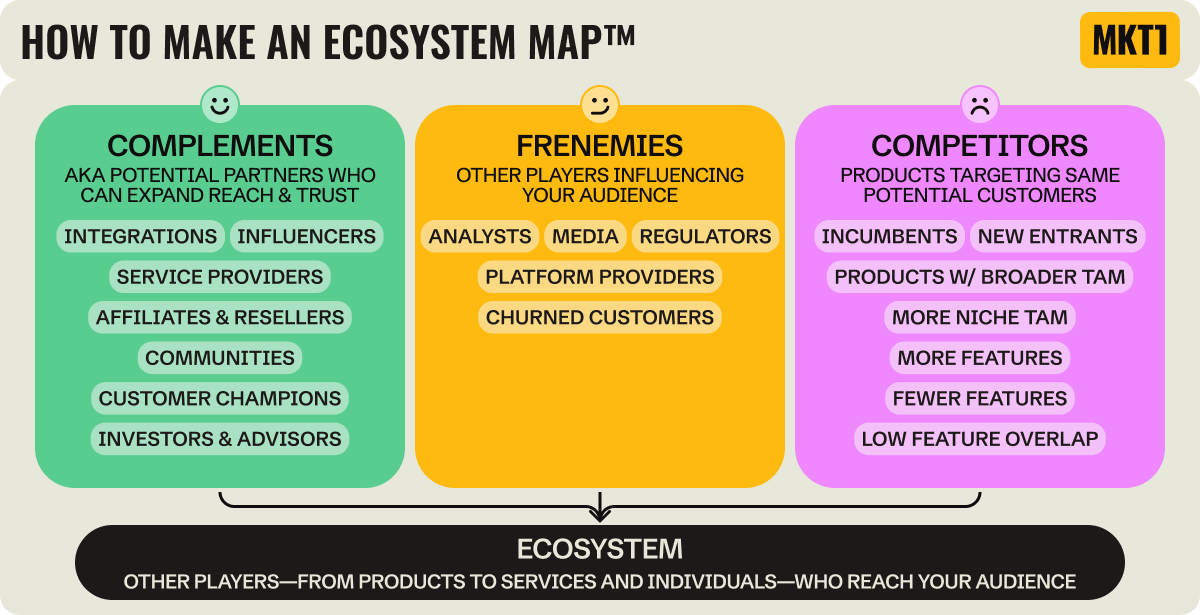
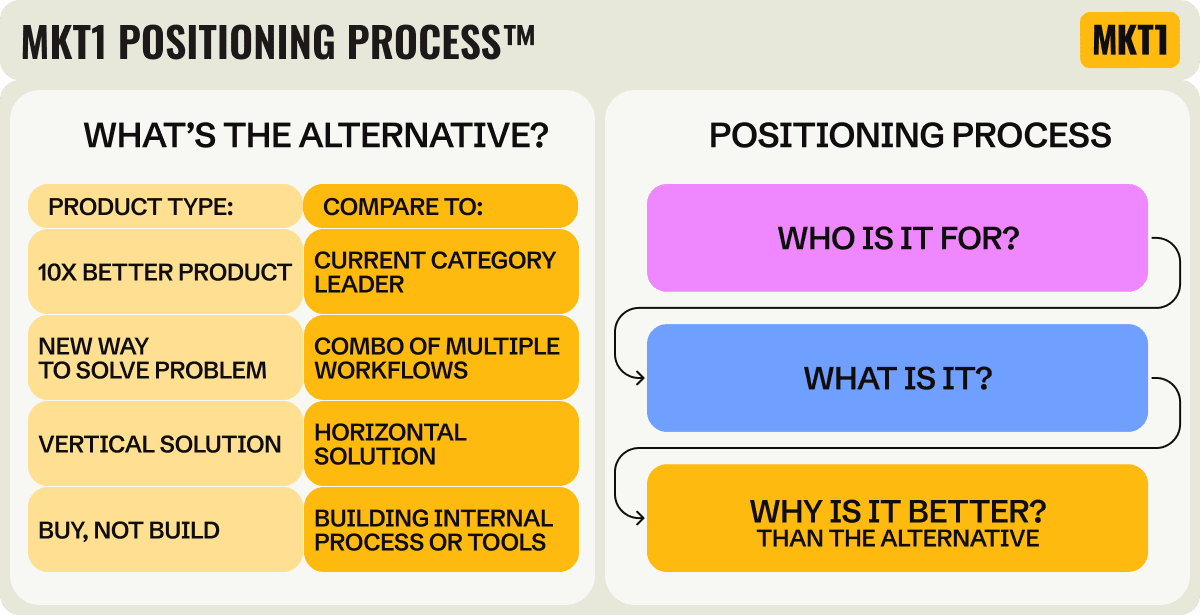
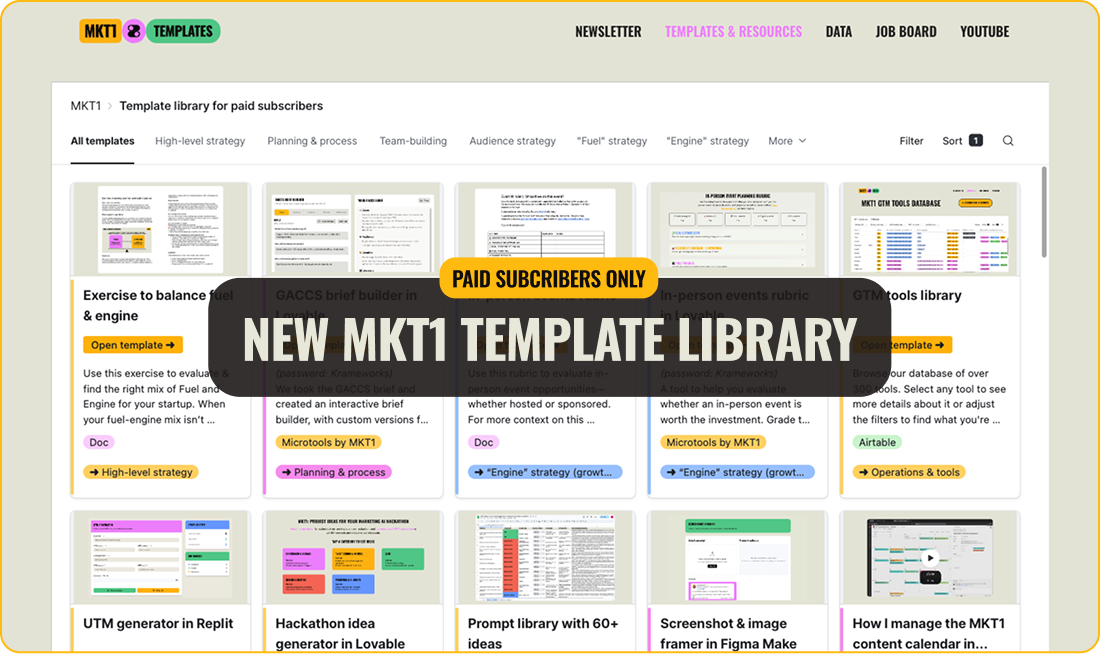
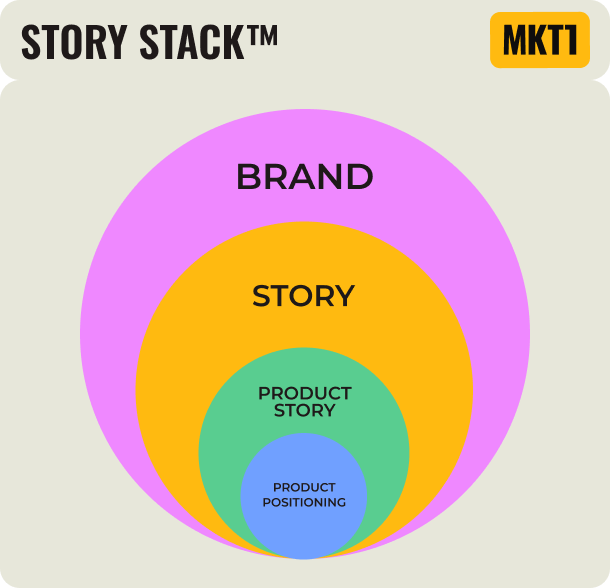
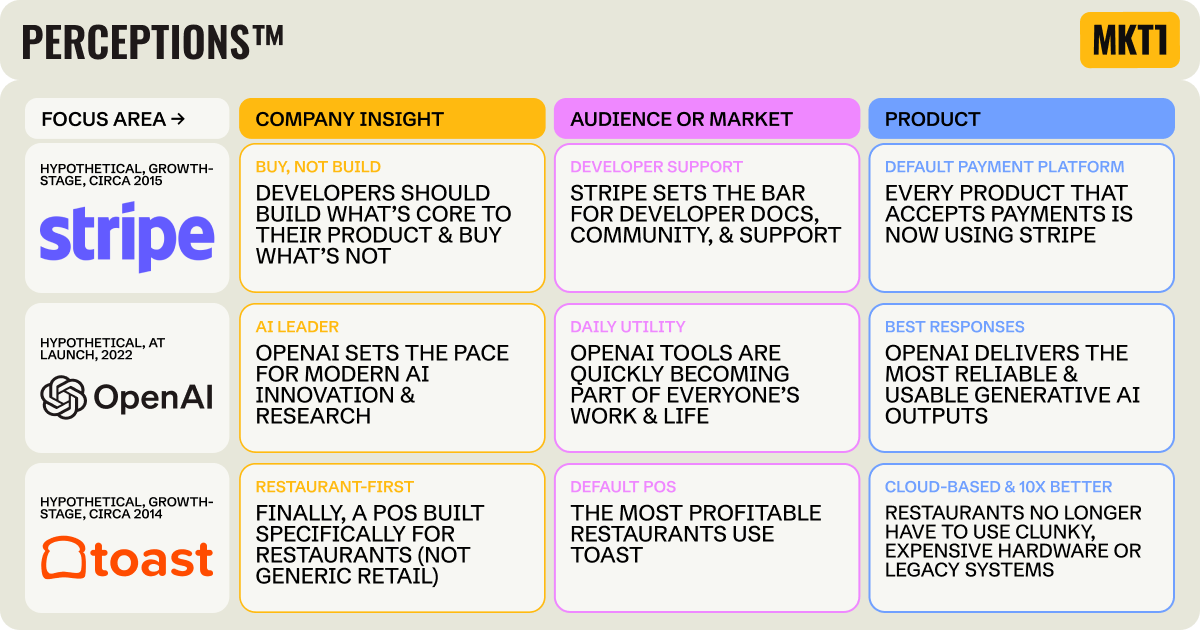
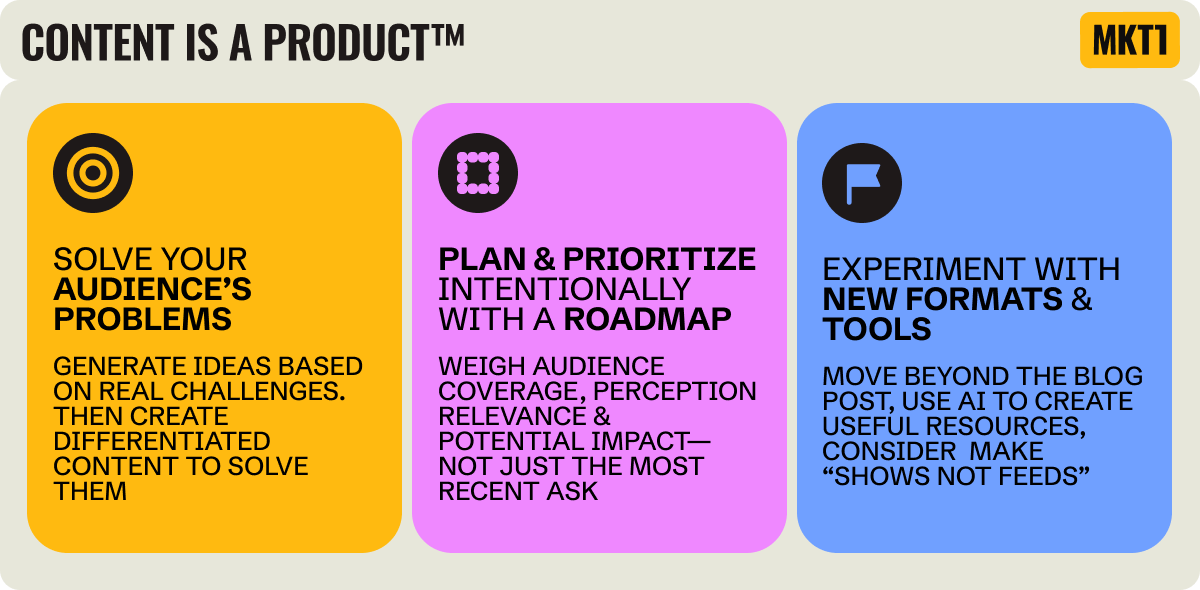
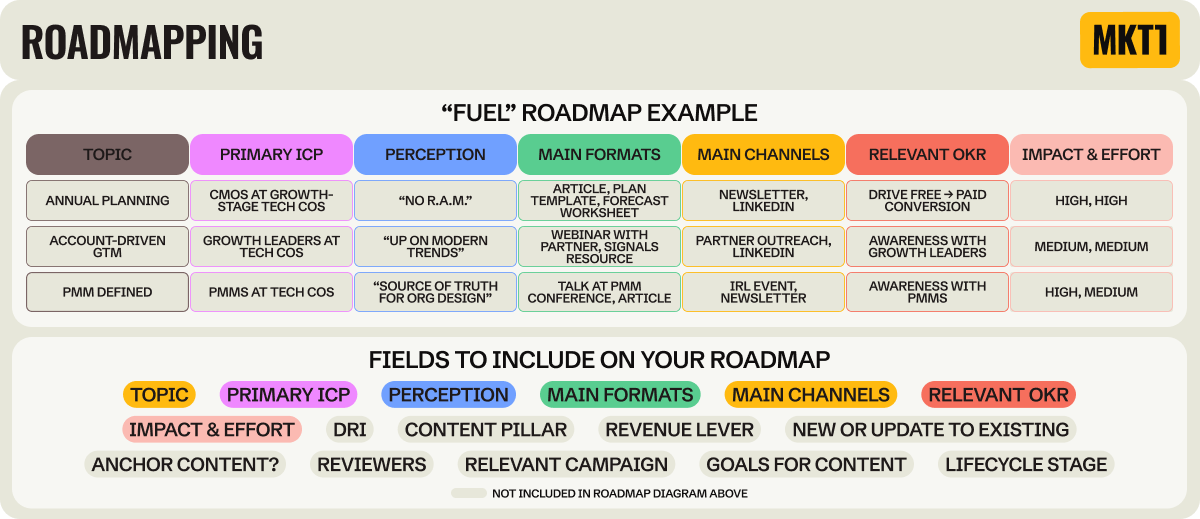
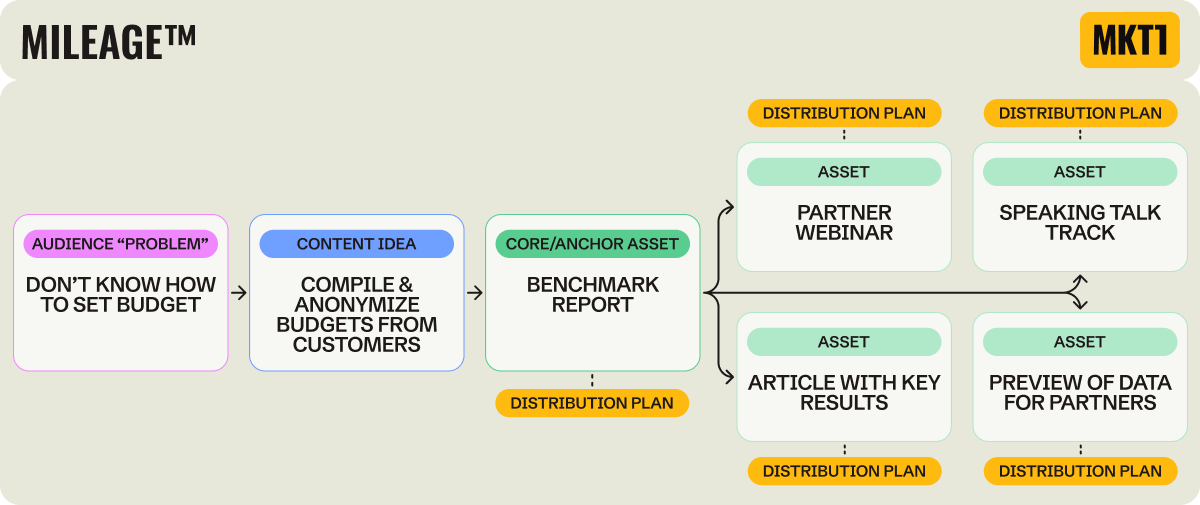
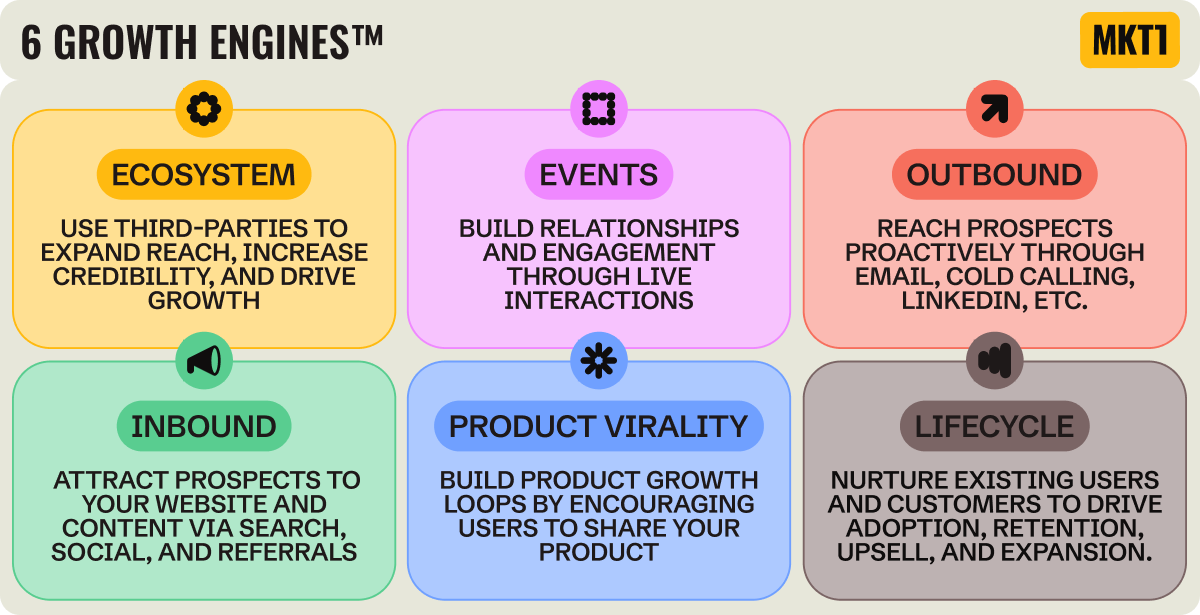
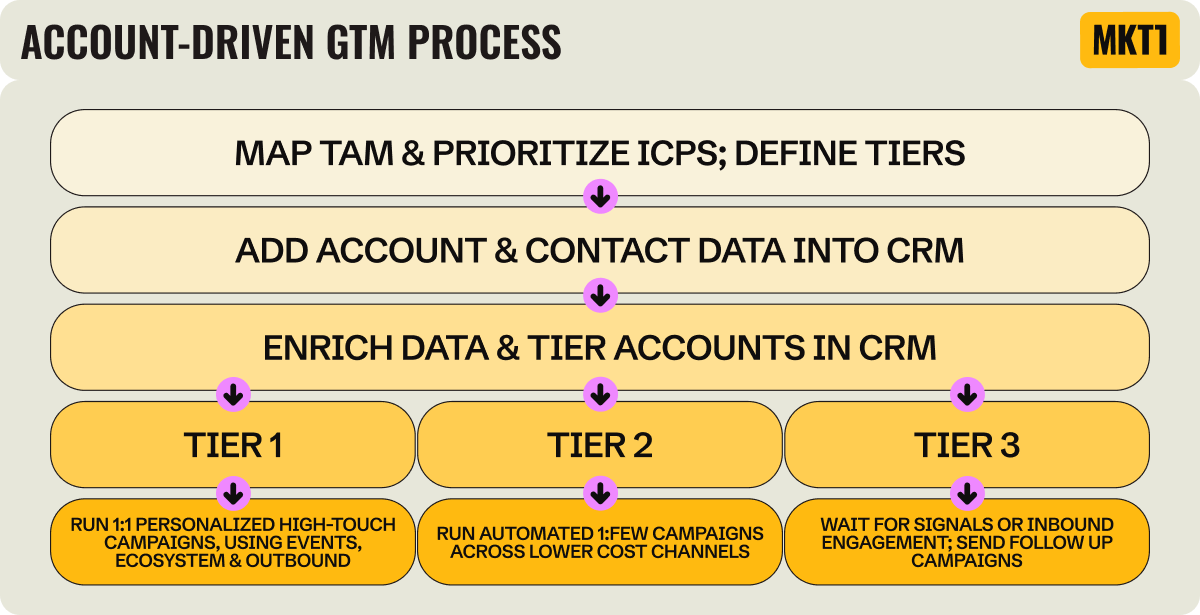
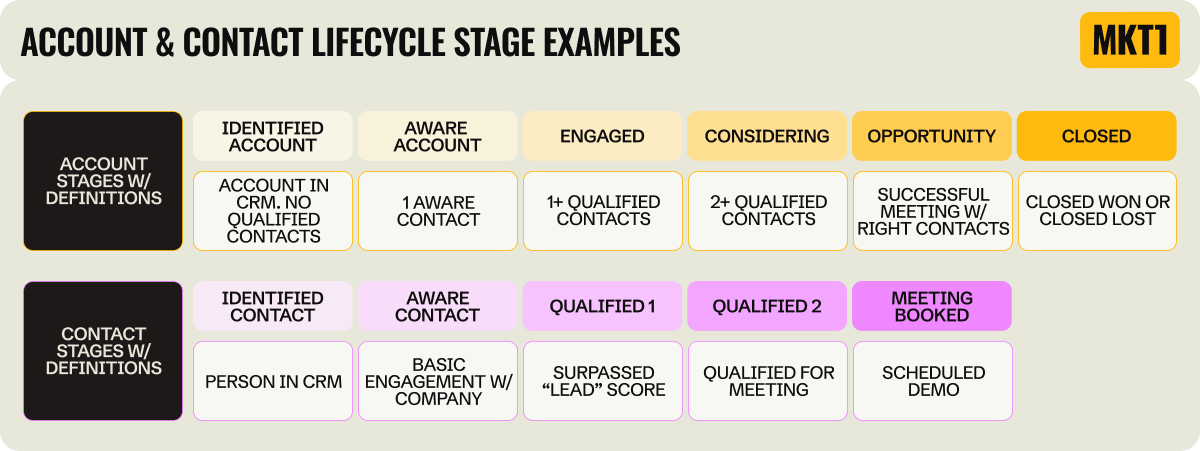
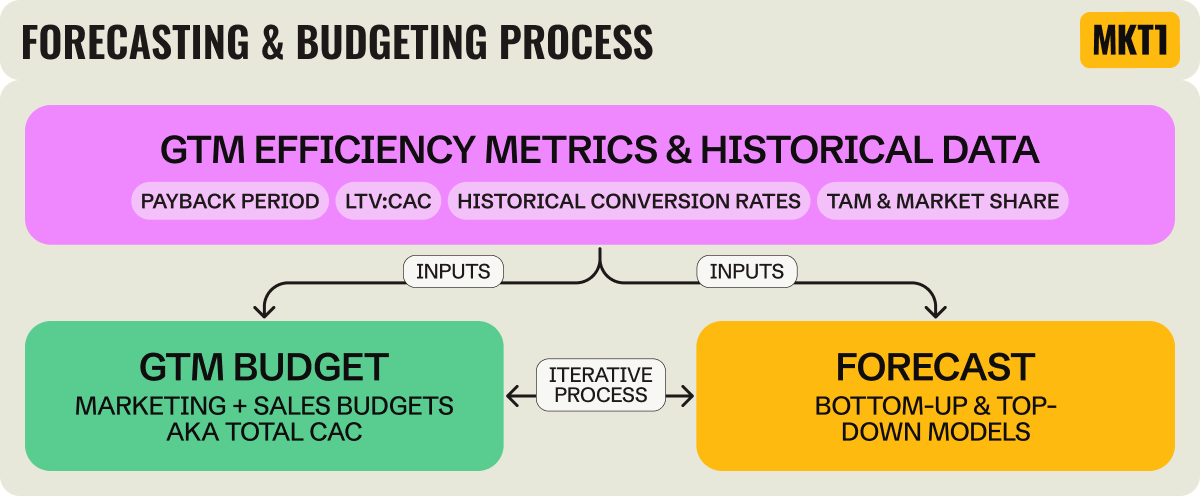
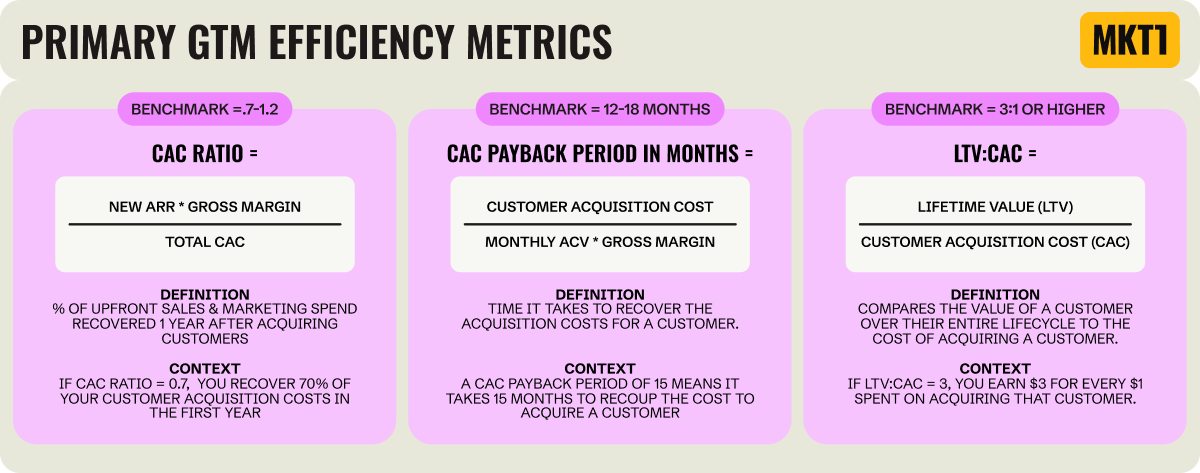
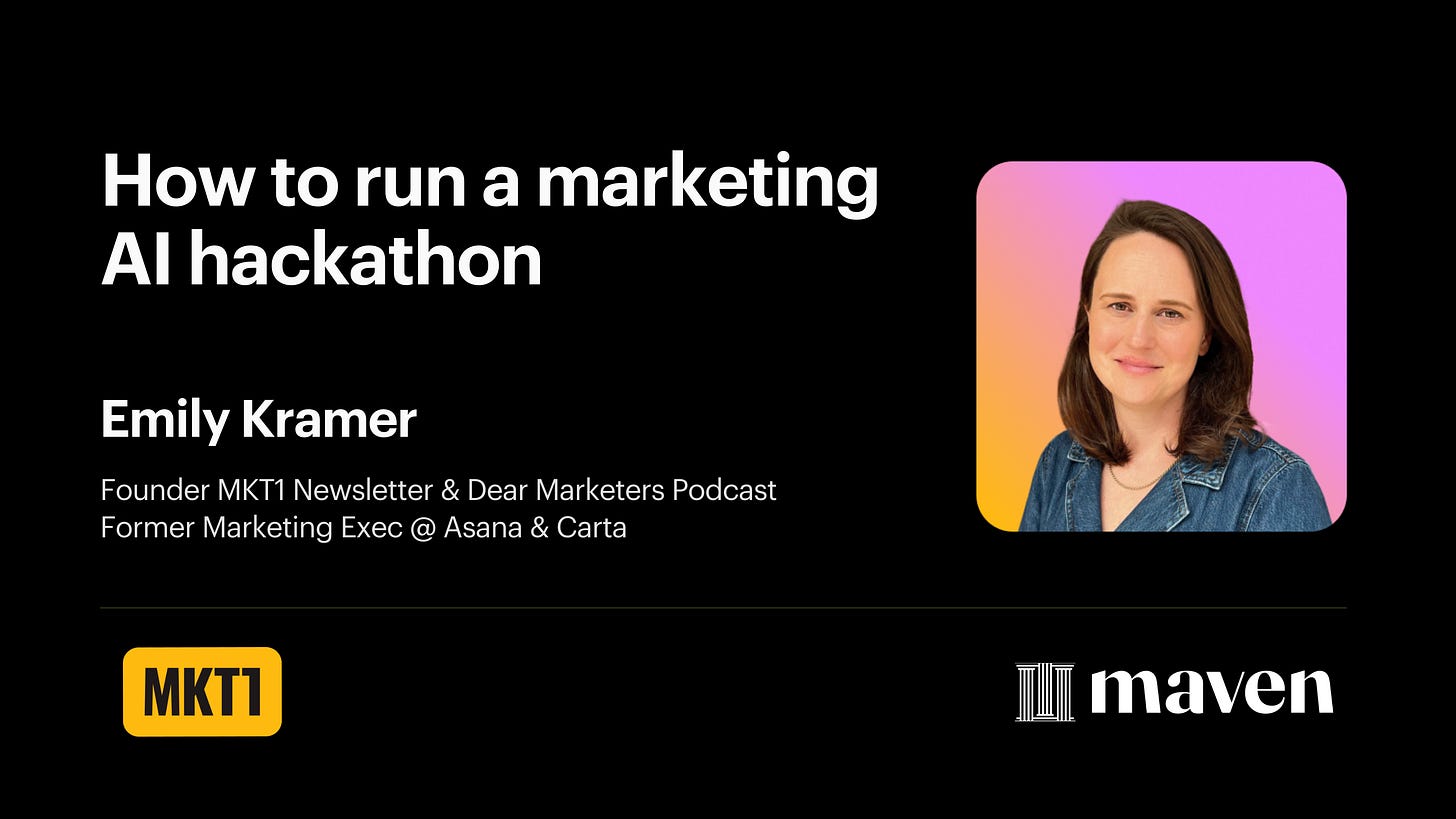
Keep it up, you have great content. I’ve enjoyed following you
wow... all that in ONE post! I'm saving it, dissecting it, inserting it in knowledge basis as I will be revisiting it a lot. Thanks!